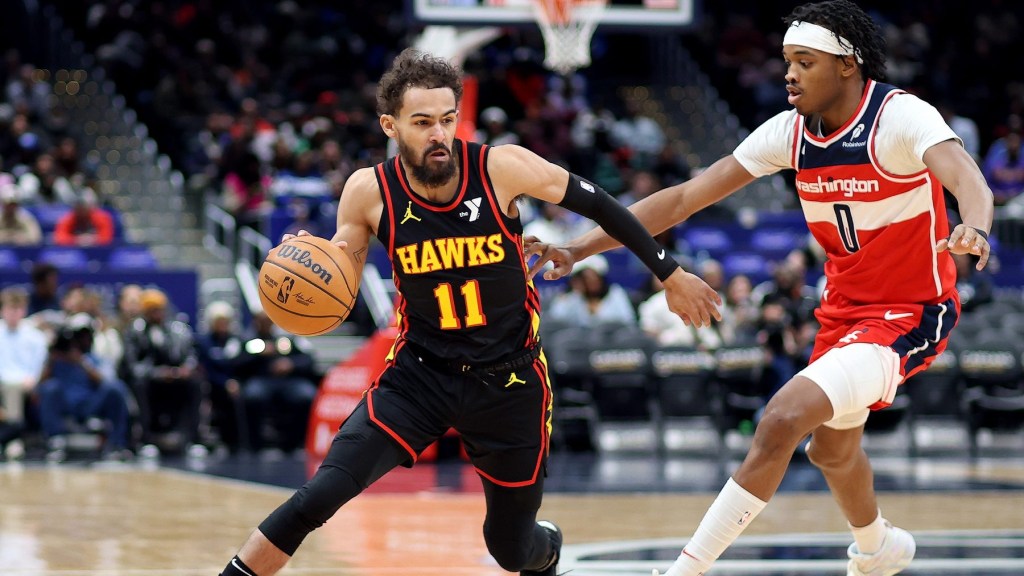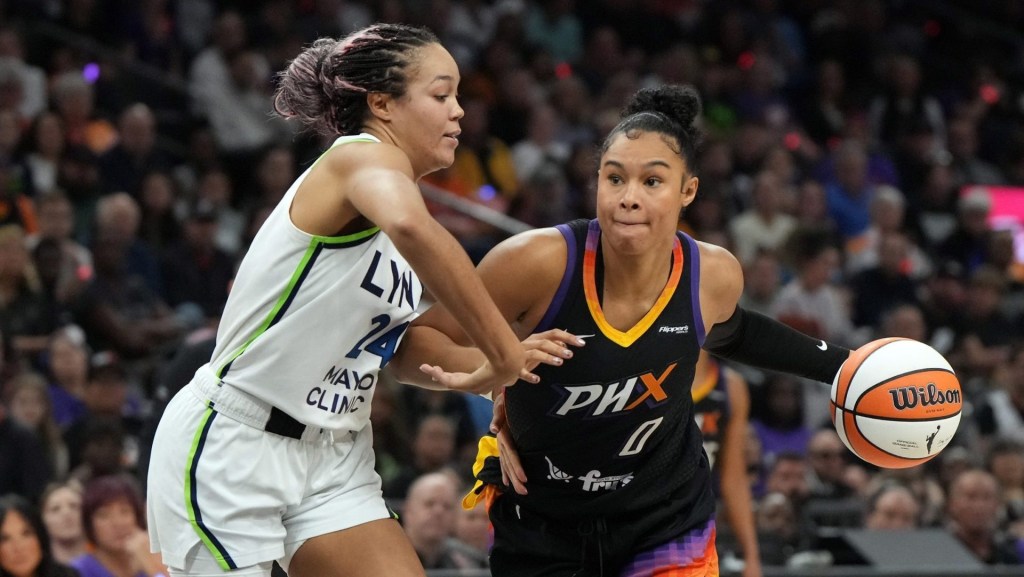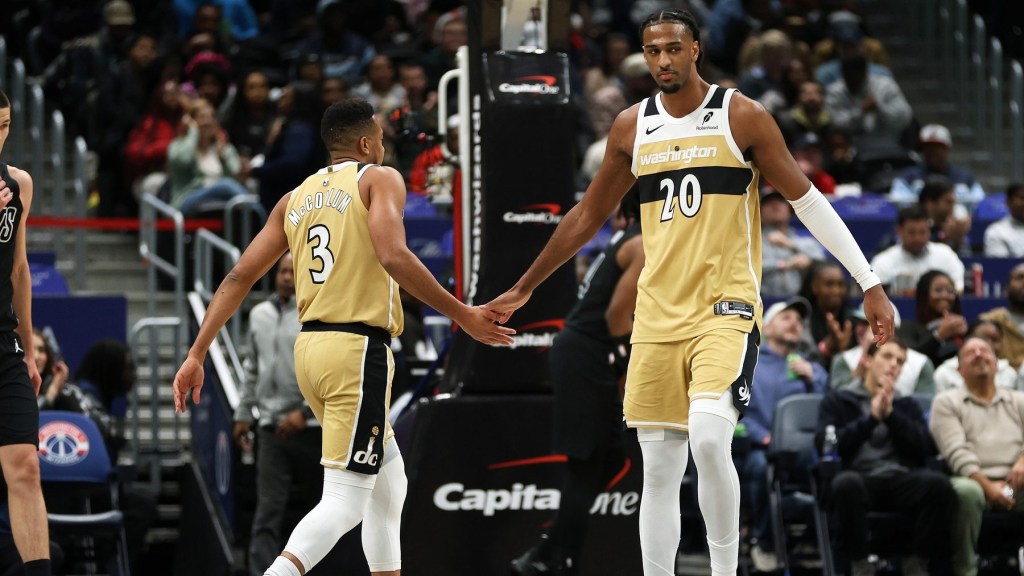As the Chicago Sky delivered chaos in the form of massive price hikes for season-ticket holders, they added a nugget of unannounced league-wide plans.
“We are expecting approval on a 44-game schedule (22 home games) + a preseason game. Your 2025 season ticket invoice reflects this addition,” read Monday’s email to season-ticket holders, obtained by Front Office Sports.
First reported by the Chicago Sun-Times, the schedule expansion would be a four-game increase.
The current collective bargaining agreement gives the league the latitude to go up to a 44-game season, though the 44-game season could be short-lived. The players have the ability to notify the league by November of this year that they’re opting out of the CBA, which would then expire after the 2025 season. The longer season would come at the same time as the league’s first expansion team in years, the Golden State Valkyries.
With billions in new TV revenue coming in starting in 2026, the league is sure to want to give its rights partners more inventory than the relatively light schedule the WNBA currently offers. But it will have to negotiate with the players’ union, which has already signaled its skepticism of the new media deal.
A representative for the WNBA did not immediately respond to FOS’s request for comment.
When the league was founded in 1997, eight teams played 28 games each. From 2003 through ’19, each team played 34 games. During COVID-19-impacted years, teams played 22 games in the ’20 Wubble and 32 games in ’21. The league hit a record of 36 games in ’22 and instituted its current 40-game format in ’23. Should the league be successful, next season would feature 10 more games than were played before the pandemic.
There are challenges to extending its mid-May through mid-October season in either direction. Starting earlier would cut closer to the college basketball season and an already hectic turnaround for rookies, while stretching into the fall would lead to more scheduling conflicts for teams that share arenas with NBA or NHL teams. Adding more games in the middle is always an option, though often jam-packed and inconsistent schedules suggest that might not be the best plan.

















